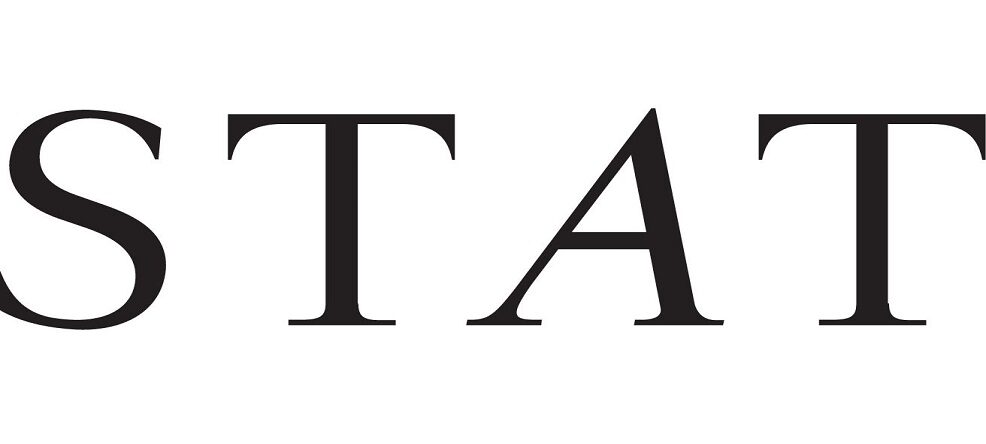© 2025 CSRXP- All Rights Reserved

Drug pricing will continue to loom large in 2016
Dec 28, 2015
STAT
Drug pricing will continue to loom large in 2016
By Ed Silverman
December 28, 2015
View Online
Of all the health care issues that loomed large this past year, none was more controversial — and compelling — than pharmaceutical pricing.
Wall Street may have cheered the added revenue, but pricing strategies were increasingly under attack. Poll after poll found most Americans believe prices are too high. And more lawmakers — and presidential candidates — are listening.
At the center of it all was Martin Shkreli, the 32-year-old “pharma bro” who single-handedly created a furor by jacking up the cost of an old, life-saving drug and repeatedly taunting his critics. Shkreli was arrested this month for securities fraud and ousted from the two drug companies that he ran. But while he may be out of the picture, pricing will remain a flashpoint in the year ahead.
Here’s a look at what to expect on pricing — and on other key issues that are likely to engulf drug makers, regulators, and patients in 2016.
Count the cost
Don’t expect Congress to come to the rescue of financially stressed patients. This will be an election year, after all, and the drug industry will fight any effort to allow the government to negotiate prices.
But huge increases should, hopefully, become an industry faux pas. Such tactics bolster bottom lines, but the adverse publicity they have garnered should dissuade companies from making any moves that are seen as price gouging in the future.
Insurers and pharmacy benefit managers, meanwhile, are fighting back. Richard Evans, a health care analyst at Sector & Sovereign Research, expects these gatekeepers of health care to continue narrowing the lists of medicines they cover unless drug makers offer significant rebates.
A key unknown, however, is whether drug makers will become more transparent about their pricing strategies when negotiating with these payers. This is a “very important” part of determining value for patients, noted Peter Pitts, a former Food and Drug Administration official who now heads the Center for Medicine in the Public Interest.
New commish
From all indications, Dr. Robert Califf appears certain to become the next commissioner of the FDA.
The former head of the Duke Translational Medicine Institute breezed through a recent confirmation hearing, despite concerns among some critics that his ties to industry may prompt him to lower standards for approving drugs and devices.
Califf denied he harbors such a bias and he can be expected to be cautious, given that his actions will be closely scrutinized. But already, consumer groups are poised to pounce.
We will be “watching and analyzing his moves very carefully and will be quick to call public attention to those moves that threaten patient safety and welfare,” said Dr. Michael Carome, head of the health research group at Public Citizen.
Read the label
This summer, the FDA is expected to release a controversial rule that would allow companies to independently update safety warnings for generic drugs, something only possible now for brand-name medicines.
The FDA proposed its rule after the Supreme Court decided in 2011 that federal law does not permit generic drug makers to make such changes. Consequently, the court ruled these companies should not be held accountable for a failure to warn against a safety risk.
The FDA has twice delayed the new rule, but Richard Samp, of the Washington Legal Foundation, believes it will finally get introduced before the November election. “After that,” he said, “the next administration may feel differently.”
If the FDA does release the rule, Kurt Karst, an attorney at Hyman Phelps & McNamara, expects it will be challenged in court.
Big deals
At a time when drug makers are struggling to find innovative medicines, it should not be surprising that all sorts of deals are being made.
Pfizer’s plan to purchase Allerganfor an eye-popping $160 billion grabbed the most headlines this year, but the proposed purchase was only one of many: Globally, pharma mergers and acquisitions reached nearly half a trillion dollars in 2015 — a record — according to Dealogic, a financial information firm.
Beyond consolidations and takeovers, look for big drug makers to continue licensing experimental medicines from smaller biotechs for further development. Plus, asset swaps are becoming popular. Sanofi, for instance, recently agreed to trade its animal health unit for Boehringer Ingelheim’s over-the-counter business.
Big drug makers are also working together on more early-stage work on immunotherapies, the hottest new field of cancer drug development. There were 66 such formal collaborations this year, up from 34 in 2014, according to Datamonitor Healthcare.
Figure of speech
The FDA has long sought to block drug makers from actively promoting their products for “off-label” uses that have not been approved by federal regulators.
But last summer, a federal judge ruled that a small drug maker could distribute information to physicians about alternative ways to use its medications — so long as the information is truthful and not misleading. This was the second time the FDA has lost in court on this issue.
Agency officials have repeatedly promised to hold a meeting to help shape new industry guidelines on off-label promotion — but whether this happens in 2016 is unclear.
In a presentation this month, Janet Woodcock, who heads the FDA division that reviews drugs, said the agency is reevaluating its regulation, but “more work [is] needed.”
